With our ongoing water quality monitoring, we are careful that we measure this parameter at each site at approximately the same time of day every time we sample so that seasonal temperature variations can be distinguished from diurnal variations.
Finally, dissolved oxygen (DO) and pH levels also vary across the course of a day. Dissolved oxygen is needed for aquatic plants and animals to survive. Corals are very sensitive to changes in ocean chemistry, including increased ocean water acidity (which results in a drop in pH levels). During our 12 hour study, we found that in Cove Park and Hanaka‘ō‘ō Park these diurnal variations are not as obvious because of the influx of fresh ground water as the tide is going out which also affects levels of pH and DO. In general, pH and DO are at their lowest levels just as the sun rises due to the fact that photosynthesis has not been taking place overnight. CO2 levels rise at night as marine organisms respire, taking in oxygen and producing CO2. There is no photosynthesis at night so as CO2 levels rise, the water becomes more acidic and pH levels drop. Dissolved oxygen also drops because of a lack of photosynthesis that generates oxygen as a bi-product. Once the sun begins to rise, photosynthesis begins again, and the pH and DO levels rise.
|
Archives
April 2024
Photo: Header - Bruce Forrester
|

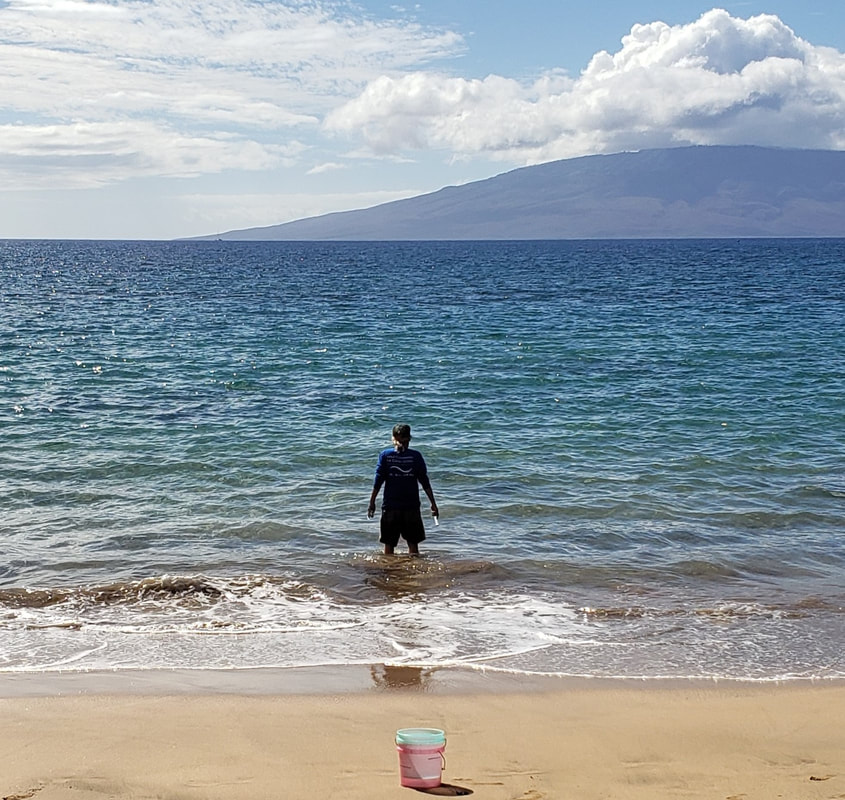
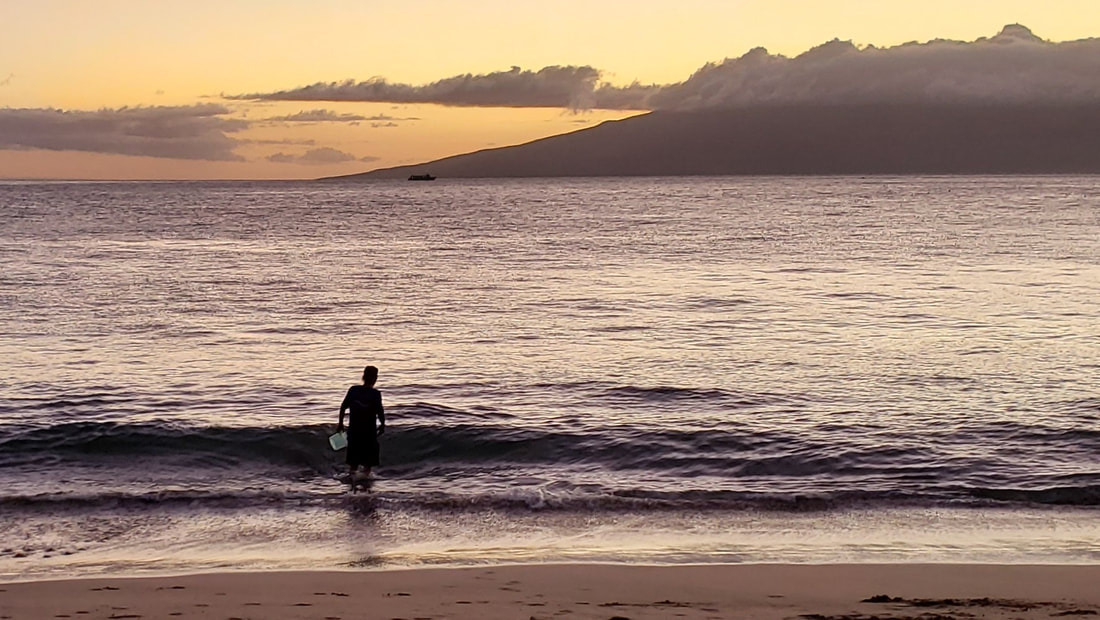
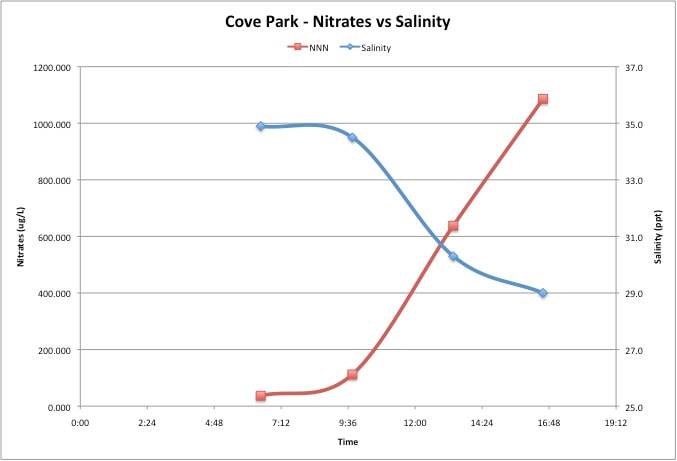
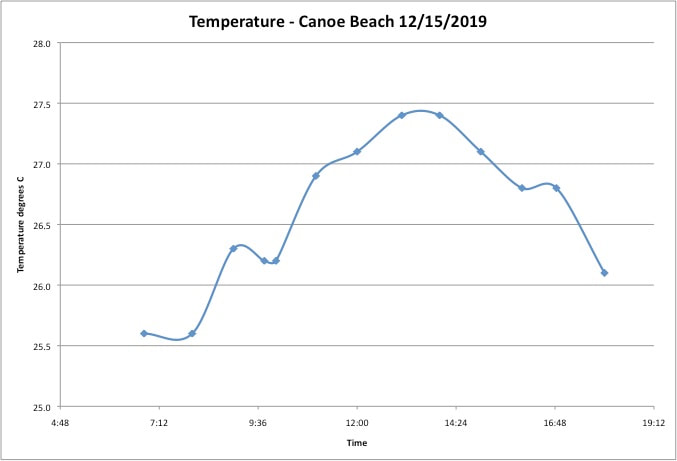
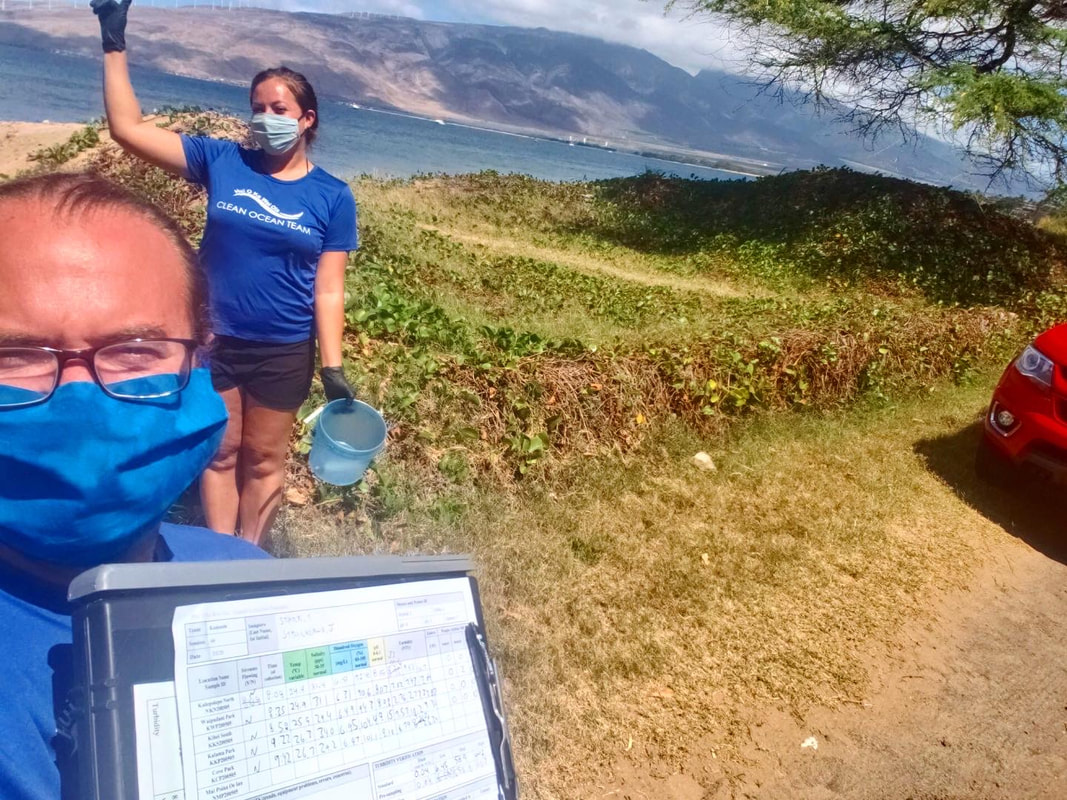
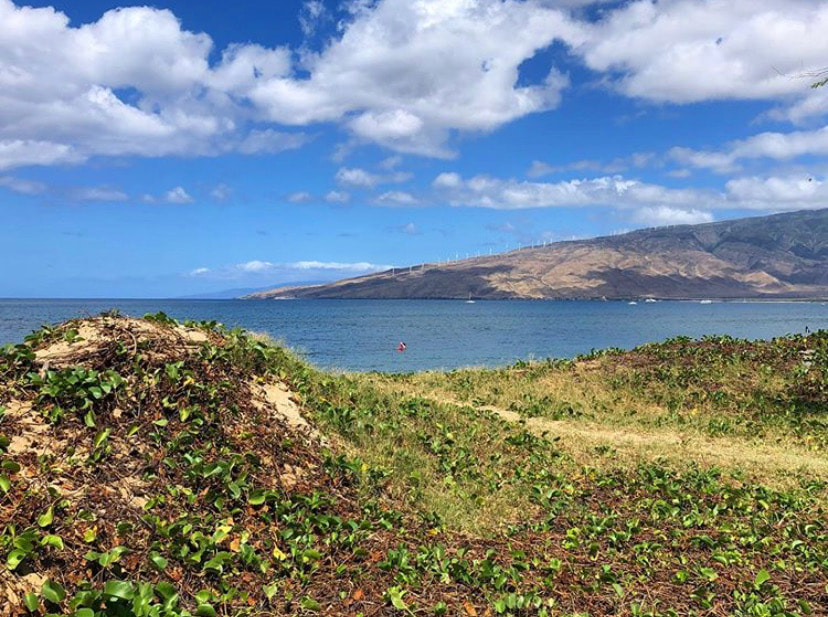
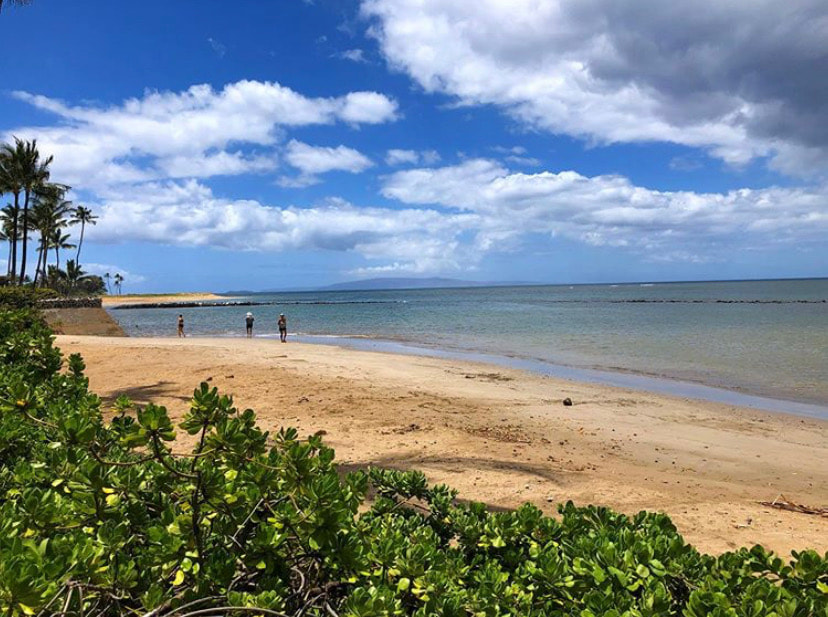
 RSS Feed
RSS Feed